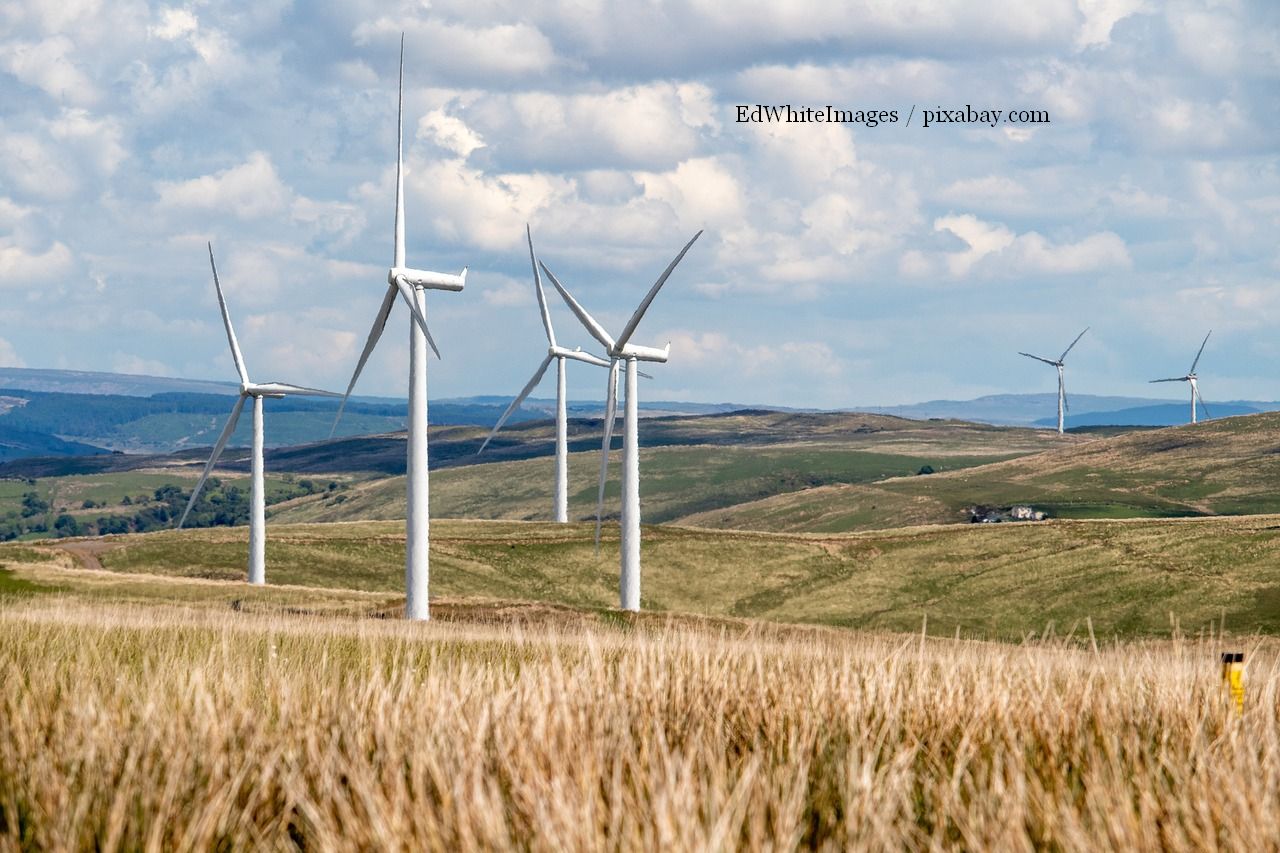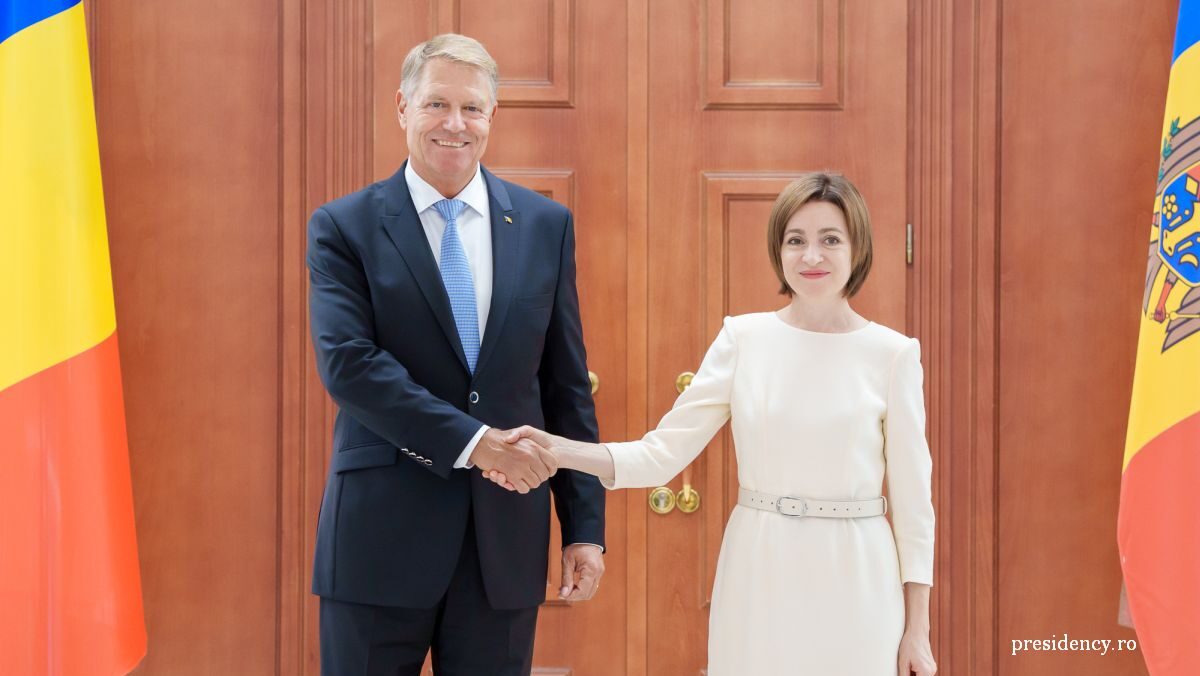Inflation – public enemy no. 1
WIth the latest price hikes, inflation has become a problem not just for Romania

Corina Cristea, 18.02.2022, 14:00
The latest report on inflation for Romania shows that the annual rate has gone up to 8.19% in December last year, mainly an effect of the energy price hikes. Overall, the annual inflation rate went up 6.13% last year. According to National Bank experts, the increase was determined nearly entirely by the global shocks on the market, which triggered a robust spike in inflation rates worldwide. Moreover, at domestic level, the effects were further amplified by the liberalization of the domestic energy market. The current inflation rate is based on both offer and demand indicators, Adrian Codârlașu with the Association of Finance and Banking Analysts, has told Radio Romania.
Adrian Codârlașu: “The offer factors are the prices for energy and other goods and agricultural products. On the demand side, the Bank has issued a lot of currency. And its not just Romania that did so, but all major economies. For instance, if we look at how much the Federal Reserve has printed – nearly 2 out of 3 dollars were printed as a result of the coronavirus fallout, at EU level one in two Euro was printed by the European Central Bank. Therefore, national banks responded very firmly to the coronacrisis, otherwise we risked another recession. Basically, this is the price we all have to pay for overcoming the current crisis. Think about it, during the lockdown, if we went on without the support of the central banks, we would have had a much deeper economic recession compared to 2008”.
Indeed, the inflation rate has gone up sensibly, standing at a level that causes difficulties not just in Romania. The United States didnt face the inflation of a few decades ago, the Eurozone reported a 5.1% rate, a figure which was unthinkable a year ago and which continues to give central banks a hard time, since the target quotas are difficult to achieve, Daniel Dăianu, a university professor and the president of the Fiscal Council, claims.
Daniel Dăianu: “Its not easy, because we also have the impact of energy price hikes, so we have this energy crisis that derives from the economic comeback, from the fact that energy is a product with significant geopolitical underpinnings. By the way, the EUs dependency on Russia is another contributing factor. We have climate change, which in turn generates long-term shocks, and this painful transition for Romanian economy and society as a whole. We will need, however, to get through this, because climate change is a real threat. And its not easy to do it. Its no accident the inflation rate is so high in Europe and in America. Therefore, inflation has become a problem everywhere. Its not an exclusively Romanian phenomenon. Some 10-15 years ago we could speak about Romania standing out in terms of the inflation dynamics. Right now, inflation is really high everywhere. Were now in the situation where we are witnessing an earthquake on the energy market with international ramifications, as well as an unfortunate geopolitical context, we can see what is happening in Romanias eastern vicinity, a series of developments that is further complicating the international context.”
An additional reason behind inflation has to do with international supply chains, Iulian Stănescu from the Quality of Life Institute of the Romanian Academy explains.
Iulian Stănescu: “Due to the pandemic and the health crisis, the economic activity was halted in several sectors, including transport and the storage of goods. And when producers report delays in the reception of raw materials, then the end products themselves also arrive later on the market. And since we live in a global economy, a large part of these end products originate from abroad. Therefore, we also import the problems facing the supply chains, which in turn determine price hikes on the market.”
Estimates for the period ahead are grim: experts expect the inflation rate to exceed 10% in Romania, arguing the annual rate will continue to increase significantly in the second quarter of this year, mainly as a result of electricity and natural gas price hikes beyond original estimates. Their effects will become transparent once the state subsidy schemes addressing household users will come to an end. In the second half of 2022, the annual inflation rate is expected to decrease gradually, experience a rather abrupt downward adjustment in the first half of 2023, in order to meet the target announced by the National Bank, namely 1.5 to 3.5% in the last quarter of next year. In an attempt to keep the inflation rate in check, the Central Bank has already increased interest rates substantially. Starting February 10, the monetary policy interest rate stands at 2.5% per year. The aim of this measure is to reduce consumption in order to trigger a decrease in prices as well. Increasing the Central Bank interest rate by 0.5% will first impact the interest rate of commercial banks, only to subsequently affect the reference indicators used to calculate the rates for local currency loans addressing both natural persons and businesses. (VP)






























